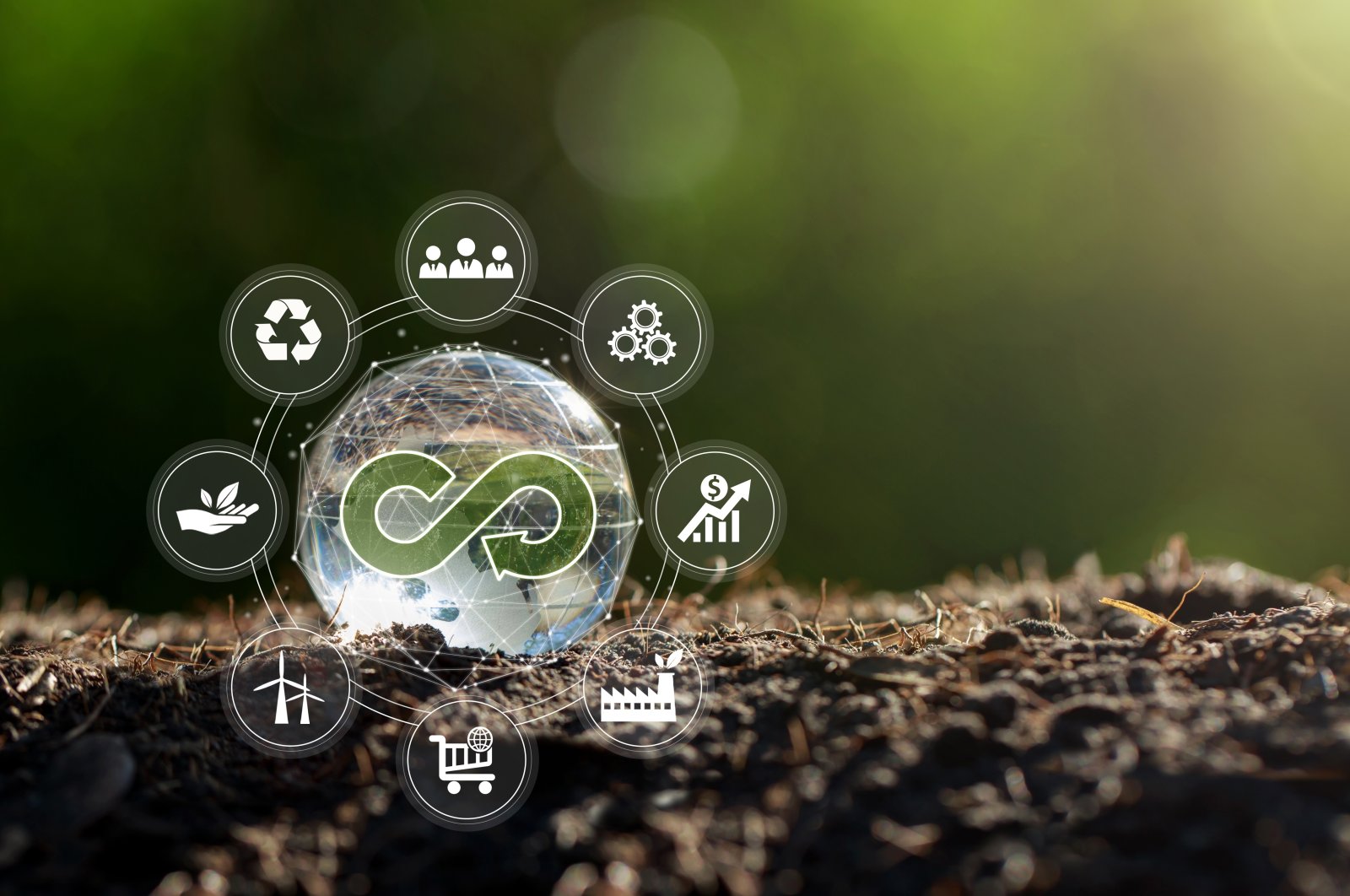Moving Towards a More Sustainable Future with the Circular Economy
The linear model of the traditional economy, where resources are extracted, turned into products, used, and then disposed of, is not sustainable in the long term. The circular economy offers a more sustainable approach to economic activity, which aims to keep products and materials in use for as long as possible, minimizing waste and maximizing the use of resources.
What is the Circular Economy?
The circular economy is a system where resources are used in a closed-loop, minimizing waste and maximizing resource efficiency. The concept is simple: products are designed with the intention of keeping them in use for as long as possible. This means designing products that are durable, easily repairable, upgradeable, and recyclable. This approach reduces waste, conserves natural resources, and reduces greenhouse gas emissions.
Minimizing Waste with Circular Business Models
One of the primary goals of the circular economy is to minimize waste by keeping products and materials in use for as long as possible. This can be achieved by promoting circular business models such as product-as-a-service, where products are leased rather than sold, and customers pay for the use of the product rather than owning it. When the product reaches the end of its useful life, it is returned to the company for repair, refurbishment, or recycling, creating a closed-loop system.
Transforming Waste into Resources
The circular economy also promotes the use of renewable resources and the implementation of closed-loop systems where waste is transformed into new resources. This can be achieved by using waste as a resource to create new products, such as turning plastic waste into new plastic products. By doing so, we reduce the need for new resources and minimize waste, leading to a more sustainable and efficient economy.
The Benefits of the Circular Economy
The benefits of the circular economy are numerous. By promoting a closed-loop system, we can reduce greenhouse gas emissions, conserve natural resources, and create new economic opportunities. Additionally, circular economy practices can promote innovation and collaboration between different sectors, leading to more sustainable solutions.
Embracing the Principles of the Circular Economy
The circular economy is gaining traction globally, with many governments, businesses, and organizations recognizing its potential for creating a more sustainable future. By embracing the principles of the circular economy, we can create a more resilient and sustainable economy that benefits both people and the planet. Let’s move towards a more sustainable future with the circular economy.



